Tech And Strong Supply-chain Will Bring Profitability - Srinivasa Raghavan
- By Sharad Matade
- December 19, 2020

Q: How will synchronisation take place?
Raghavan: There are three significant areas where synchronisation will happen. One is on the supply chain, second on digital solution portfolios, and the third is the common process and policies of franchisees management and marketing. At least, in the short term, both companies will keep their own brand identities.
 Q: Multi-brand car service is yet to become a profitable business in India. What does make you so bullish on the industry?
Q: Multi-brand car service is yet to become a profitable business in India. What does make you so bullish on the industry?
Raghavan: Profitability must be looked in a time perspective. It (multi-brand car service) is a very nascent business in India. It captures three things. One you have to change the cultural behaviour of the garages so all entrepreneurial will work. Second, you need to improve the productivity through adoption of technologies which the industry has not been using, and the third is you should able to have your supply chain right so that you can deliver spare parts on-demand at the reasonable costs. These all three elements, TVS has done in its ASPL businesses. Having the background of spare parts business, TVS ASPL has established a parts supply-chain to take a leadership position in however the small market it is as of now.
We strongly believe the three competencies - digital technology, parts and digital marketing, drive businesses and bring profitability in the garages. TVS ASPL has achieved profitability in that part of the business.
Q: Procurement of spare parts is the biggest challenge in the business? How do you deal with this challenge?
Raghavan: The focus is to access to spare parts. Your knowledge of parts says what are the choices of parts available. TVS has been historically in spare parts business so we have digitised and developed one of its kinds of catalogue which automatically cross-checks the differences to make the model engine and then which are the alternative parts you can use. The knowledge is very critical if you want to supply parts within committed time.
Q: What about investment in digital marketing and digitisation in the business?
Raghavan: It is city-wise; you need to determine where do you want to invest based upon your requirements. With this acquisition, once you got pan India coverage, your marketing costs and transactions get reduced drastically because the cost gets covered in wider geographic coverage and larger interest.
Q: Did you see an increase in the business post lockdown?
Raghavan: I will put into two different angles. If you ask if the business has come back to the pre-COVID stage, I will say yes. If asked, whether the business has been affected by COVID, I would say yes, it has been impacted at a large extent.
We strongly believe in developing an ecosystem where you will be able to help when there are growth opportunities. For example, for some of the franchisees, we have worked with NBFCs and banking to offer financial services and solutions. I would say, the business has come back to the pre COVID stage, but there are exceptions. The white-collar workforce, which is mostly not going to the office but working from home, so to that extent, the service and parts business of ours come down. But the two-wheeler business has picked up and is growing much faster than the pre- COVID stage. Making this business organised and lending to the brand name to it gives more confidence to customers to go to these franchisees for incremental services.
 Q: How is the partnership with Google shaping up?
Q: How is the partnership with Google shaping up?
Raghavan: Google partnership is live. The ease of digital adaptation has increased, so I do not have to go physically to roll out solutions to garages. They can download from google and implement it. We have moved all our solutions on google cloud, and by January, our marketplace should be up for google. Any retailers or garages can download our digital solution and start implementing it.
Q: What is the role of digitalisation in aftermarket business?
Raghavan: Digitalisation can be looked at from three perspectives. One is as enablement through digital technologies. Garages can have our service management platforms and keep tracking the consumers’ behaviour, such as what repairs he did. The second, we have developed the AI algorithm to find what kind of services the customers need. Instead of recommending service for the core vehicle, can he replace his clutch or overhaul his air-conditioner or he should replace his brake pads. That’s where we can drive more trust of customers that I am monitoring the health of your vehicle. The third one is getting the vehicle diagnosed first time right. (MT)
Neolite ZKW Lightings Files For INR 6 Billion IPO
- By MT Bureau
- December 30, 2025
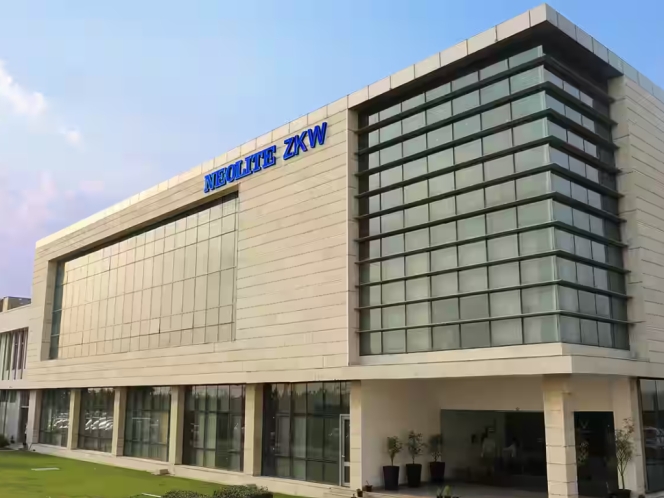
Haryana-headquartered Neolite ZKW Lightings, an automotive lighting manufacturer, has filed a Draft Red Herring Prospectus (DRHP) with the Securities and Exchange Board of India (SEBI) for an initial public offering (IPO).
The IPO comprises a fresh issue of equity shares worth up to INR 4 billion and an offer for sale (OFS) of INR 2 billion by existing shareholders, including Rajesh Jain, Neokraft Global Private and ZKW Group.
The company intends to allocate the net proceeds from the fresh issue to expansion and financial goals. This includes a new greenfield facility at an estimated investment of INR 1.5 billion in Kancheepuram, Tamil Nadu. An estimated INR 790 million towards plant, machinery and electronic expansion at current sites. Furthermore, INR 650 million towards repayment or prepayment of borrowings.
Founded in 1992, Neolite ZKW holds a 34.43 percent market share in India's commercial vehicle lighting segment for FY2025. The company maintains a strategic alliance with the ZKW Group, a subsidiary of LG Electronics.
The company operates three manufacturing units in Bahadurgarh and Pune, serving over 40 OEMs including Tata Motors, Stellantis and Daimler. Its portfolio includes 830 SKUs, with a focus on LED and electric vehicle (EV) lighting solutions.
For FY2025, the company reported INR 5.12 billion in revenue, of which exports contributed 55.08 percent share. The net profit for FY2025 came at INR 528.24 million, as against INR 155.85 million in FY2023. The order book as of 31st October 2025, stands at INR 1.71 billion.
At present, the company exports to over 50 countries, including regions in North America and Western Europe, positioning it as a significant Indian exporter of automotive components.
NHAI And Vertis Infrastructure Deploy Truck Mounted Attenuators For Highway Safety
- By MT Bureau
- December 27, 2025
Officials from the National Highways Authority of India (NHAI) and Vertis Infrastructure Trust have introduced Truck Mounted Attenuators (TMAs) to improve safety in highway work zones. The technology is designed to protect road workers and motorists in high-speed traffic environments.
Work zones currently represent high-risk areas on the Indian road network due to vehicle speeds and limited protective buffering. TMAs serve as a standard safety solution in the US and Europe and are now being scaled across Indian national highway projects.
A truck-mounted attenuator is an impact-absorbing crash cushion fitted to the rear of service vehicles. Its primary functions include:
- Energy Absorption: In a rear-end collision, the unit absorbs the kinetic energy of the impacting vehicle.
- Controlled Deceleration: The system brings the vehicle to a halt in a manner that reduces the risk of fatal injuries to occupants and workers.
- Track Record: Since initial testing on Indian roads in 2021, the technology has been credited with saving more than 100 lives.
The current rollout consists of 20 TMAs. Eight units were inaugurated during the launch event, which included a live demonstration and technical walkthrough. The remaining 12 units are scheduled for delivery within the next ten days.
Ankit Yadav, NHAI, said, “NHAI aims to move towards zero-fatality corridors across national highways. The adoption of technologies such as Truck Mounted Attenuators plays a critical role in improving work-zone safety and reducing avoidable loss of life.”
Dr. Zafar Khan, Joint Chief Executive Officer, Vertis Infrastructure Trust, said, “Our effort has always been to bring practical, globally proven safety solutions to Indian roads. Reaching the TMA stage is about protecting people working in some of the most vulnerable conditions on highways.”
The initiative forms part of a broader strategy to integrate safety technology into India's infrastructure growth, prioritising the reduction of accidents in active construction and maintenance zones.
- Maruti Suzuki India
- MIT Institute of Design
- Association of Designers of India at VIT
- Strate School of Design
- Hisashi Takeuchi
- Design Challenge
Maruti Suzuki India Concludes First Design Challenge For Students
- By MT Bureau
- December 26, 2025

Maruti Suzuki India, the country’s largest passenger vehicle manufacturer, has completed its first Design Challenge, a competition involving more than 400 students from 70 design institutes. Participants were tasked with designing a compact car, focusing on mobility solutions for the Indian market.
Teams from the MIT Institute of Design (Pune), the Association of Designers of India at VIT (Vellore) and the Strate School of Design (Bengaluru) secured the top three positions. The winning teams received cash prizes and six-month internships with the Maruti Suzuki design department.
The competition consisted of four evaluation rounds. The initiative is intended to provide students with exposure to the automotive industry and professional design environments.
The top 3 teams were awarded internships to work alongside company designers on future models. The next 7 teams received gift vouchers and potential internship opportunities pending further assessment. The challenge included students from both Indian and global design institutions.
Hisashi Takeuchi, Managing Director & CEO, Maruti Suzuki India, said, “India is a land of immense talent and innovation, with creativity thriving across every field. At Maruti Suzuki, we were already engaging with young start-ups to find mobility solutions. With the Maruti Suzuki Design Challenge, we expanded our open innovation efforts to provide a suitable platform to young designers where they gain real-world industry experience in automobile design. As design plays a pivotal role in shaping customers’ decision-making, it is vital to engage with young minds who bring fresh perspectives and challenge conventional thinking. The Maruti Suzuki Design Challenge reflects our commitment to cultivate automotive design talent and co-create future-ready mobility solutions with young India.”
The project forms part of the company's ‘open innovation’ strategy, seeking to integrate external perspectives into its vehicle development process.
Ola Electric Receives INR 3.66 Billion In PLI-Auto Incentive For FY2025
- By MT Bureau
- December 25, 2025
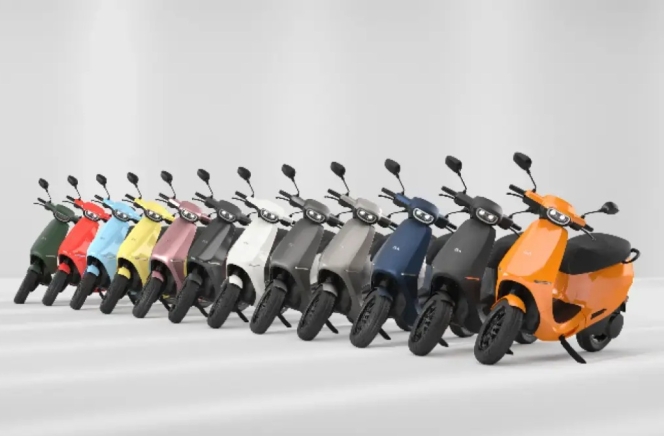
Bengaluru-based electric vehicle maker Ola Electric has received a sanction order from the Ministry of Heavy Industries for incentives totalling INR 3.66 billion. The payment is granted under the Production Linked Incentive (PLI) Scheme for Automobile and Auto Components for FY2024-25.
The incentive relates to the Determined Sales Value for the period and will be disbursed through IFCI, the financial institution appointed by the government for the scheme.
The PLI-Auto Scheme is an initiative by the Government of India designed to increase domestic manufacturing and the adoption of advanced automotive technologies. Ola Electric’s eligibility for the claim is based on its vertical integration and localisation of electric vehicle (EV) components.
“The sanction of INR 3.66 billion under the PLI-Auto Scheme is a strong endorsement of Ola Electric’s manufacturing capabilities and our commitment to building world-class EV technology in India. This incentive recognises our sustained efforts in scaling domestic production, deepening localisation, and driving innovation across the electric mobility value chain. We remain committed to supporting the Government of India’s vision of making India a global hub for advanced automotive manufacturing and clean mobility,” said the company in a statement.


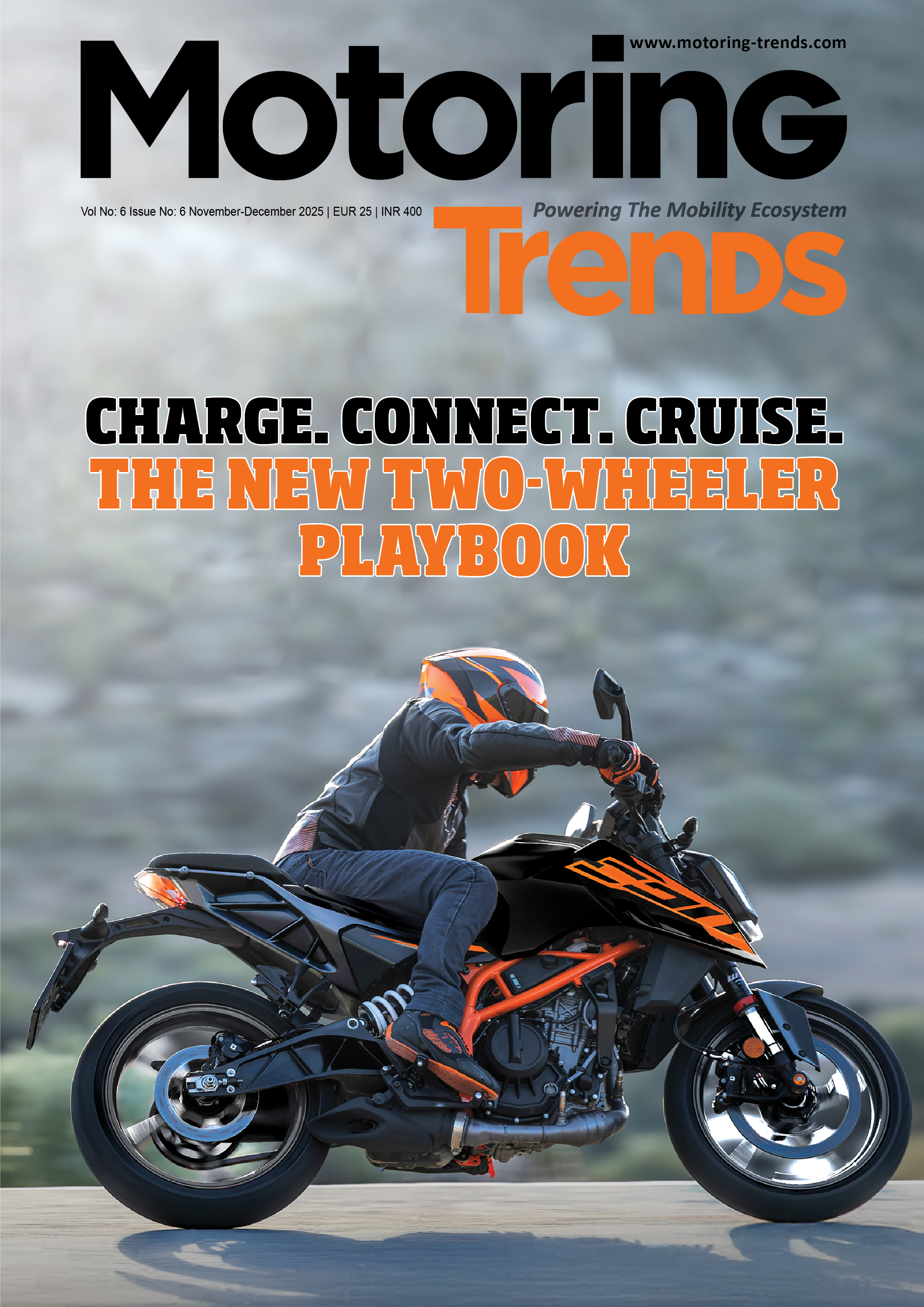
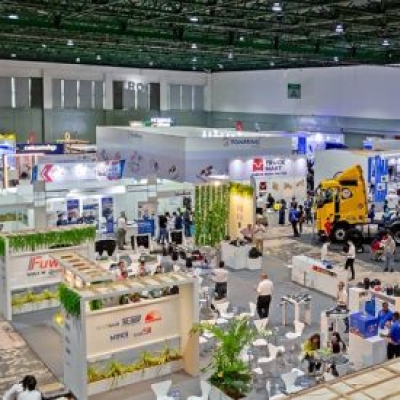
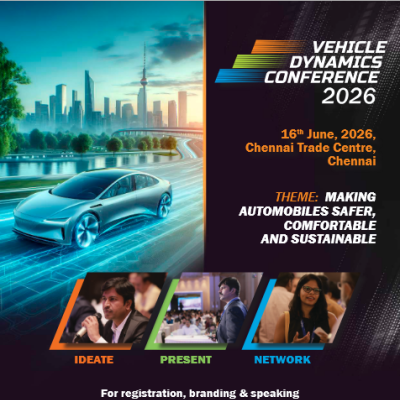

Comments (0)
ADD COMMENT